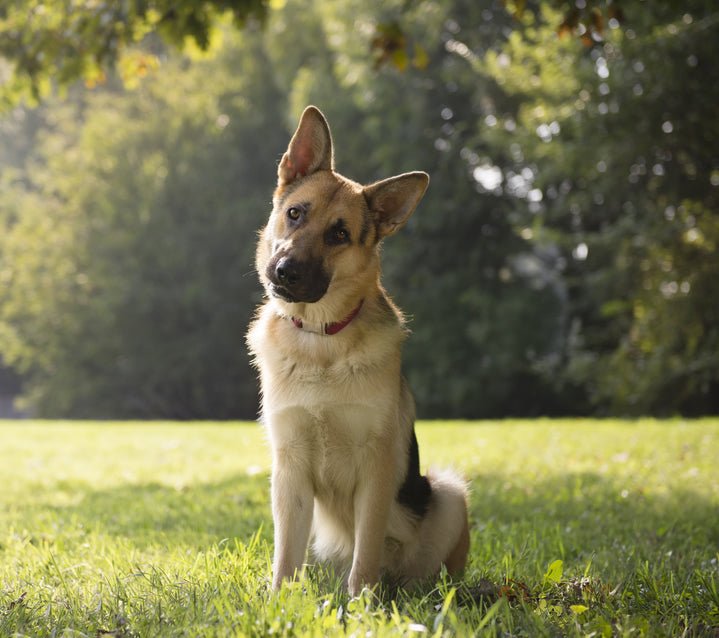Okay, seems like a pretty simple skill, right? Usually the first one we teach our dogs when they come home as puppies, so this may seem like a silly question, but I'm going to ask it anyway: can your dog sit?
Do they truly understand the command you are asking. Could they sit if you were jumping up and down. Can they sit if you are lying on the floor? Would they sit if there was a tempting steak in front of them? And since we are asking about the skill of sit, we could also ask it about any other skill we've taught our dogs.
Dogs don't generalize as humans do. When we learn a word, we can easily apply it to different situations. For example, if someone tells us to "drive", we can likely perform that skill in a car or a truck. We can drive in the rain and in the sun, and we can adapt to most circumstances surrounding the skill. Dogs are different. They are very situational, which means that understanding how to sit in the kitchen, won't mean they understand how to sit at the park. For the purposes of this article, we'll stick to sit as the skill, but consider these ideas throughout all teachings with your dog.
The formula for training a skills should be:
1 - Decide on your criteria - The perfect sit is accomplished with one command and is held until the handler releases with a specific cue despite distance, duration or distraction.
2 - Decide on a training method - Are you going to lure the sit? Capture it? Shape it?
Steps one and two should be accomplished before you involve the dog.
3 - Show the dog - Using your method of choice, spend some time in the teaching phase.
4 - Once your dog has the idea, be sure you spend some time fading out the food if you've used luring as your method. Details on how to fade a lure can be found here.
5 - Proof the sit in the same location you just taught in.
Additional Steps
6 - Show the dog - In a new location, spend some time on step 3 as a reminder
7 - Quickly remove the "show" and see what you get. Steps on this can be found here
8 - Proof in the same location
Now proofing is a step that far too many people skip over. Proofing is crucial for the cemented understanding of any skill. Once we've taught a new idea, we need to help the dog with repetition, reward and a sprinkle of challenge. For example, can your dog sit when:
- There is a new person in the room
- There is a new dog in the room
- There is a treat on the ground
- You toss a treat as you ask
- There is a toy at eye level
- You toss a toy as you ask
There are hundreds, or maybe even thousands of ways to proof through a skill and truly help your dog understand the task. Make a list of things that you can use to proof the skill and set yourself to the task of helping your dog nail their sit despite anything you may think of. Remember to build on success. A dog who has just learned how to sit can be proofed by you bending slightly as you ask them to sit. If you go immediately from the teaching phase to standing on your head and asking for the sit, you're likely setting your dog up to be wrong.
When you can get a great sit from your dog despite any distractions and proofing that you can think of, you'll then be able to say, "YES! My dog can sit!"
As always, Happy Training!
|
|
Hi! I'm Shannon and I joined the McCann team in 1999 while training Quincey, my wonderful and spirited Rottweiler, to have good listening skills. I'm the Director of Online Training and Content for McCann Professional Dog Trainers and I enjoy writing about dogs and dog training for the McCann blog. I currently share my life with 2 Tollers (Reggie & Ned) and I love helping people develop the best possible relationship with their 4-legged family members. |


